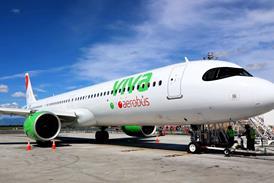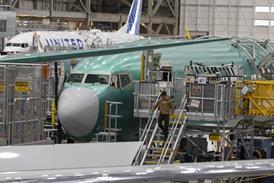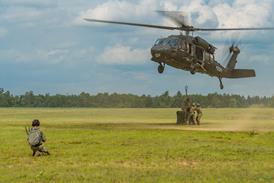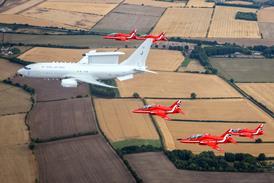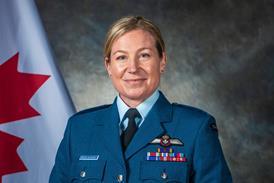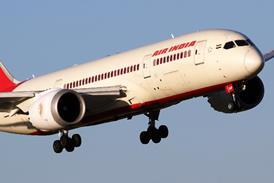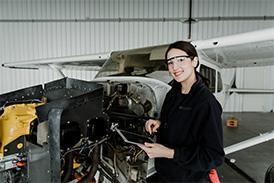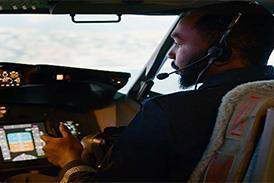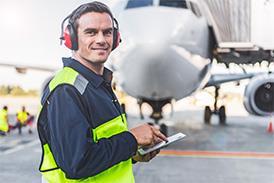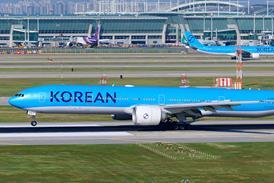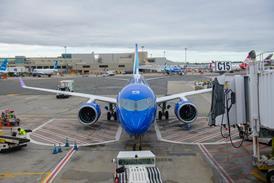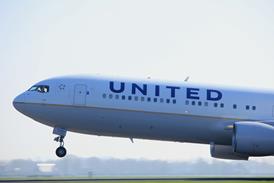The US Army has conducted a series of tests with an optionally autonomous UH-60 Black Hawk that included a number of firsts for the Sikorsky demonstrator aircraft.
The trials, which featured Sikorsky’s UH-60A Optionally Piloted Vehicle (OPV), were conducted with the Michigan Army National Guard in August, but only revealed on 30 October.
“For the first time, a US soldier, not a trained aviator, planned and executed real-world missions in military exercises with Lockheed Martin Sikorsky’s optionally piloted Black Hawk helicopter,” Sikorsky says.
The OPV is a UH-60A modified for flight operations without any onboard pilots.
Using Sikorsky’s proprietary Matrix system and fly-by-wire flight controls, the OPV can switch between conventionally piloted and fully autonomous configurations.
Sikorsky has been flying the demonstrator vehicle without onboard pilots since 2022.
In September, Sikorsky demonstrated the technology for the US Marine Corps. The company is also outfitting a newer UH-60M with the OPV autonomous capability under a contract from the US Defense Advanced Research Projects Agency.
Ahead of delivering that “MX” Black Hawk, US Army troops tested out the OPV demonstrator to explore potential uses for an autonomous utility helicopter.
A non-commissioned officer with the Michigan National Guard became the first soldier to independently plan and execute an OPV Black Hawk mission, managing the aircraft with a hand-held tablet.
Sikorsky says the soldier was trained to operate the OPV in under an hour, directing the autonomous rotorcraft to a location some 70nm (130km) away to make multiple supply drops. It marks the first time someone other than either a trained test pilot or engineer controlled the aircraft in flight.
Three types of cargo delivery sorties were flown by the OPV Black Hawk during the exercises, including internal carry, external sling load and precision parachute drop.
The multiple sling load flights included transporting HIMARS rocket artillery ammunition, a key US Army weapon system for long-range strikes.
“Sikorsky’s Matrix flight autonomy system can transform how military operators perform their missions,” says Rich Benton, Sikorsky’s general manager.
“An optionally piloted Black Hawk aircraft can reduce pilot workload in a challenging environment or complete a resupply mission without humans on board,” he adds. “In contested logistics situations, a Black Hawk operating as a large drone offers commanders greater resilience and flexibility to get resources to the point of need.”
In addition to the resupply flights, soldiers also directed a medical evacuation flight that involved picking up a simulated patient in the OPV Black Hawk before doing a “tail-to-tail” transfer to a piloted UH-60.
The soldier managing the flight commanded the OPV from inside the aircraft, in another first, according to Sikorksy.
The rotorcraft manufacturer is betting significantly on unmanned technologies, including the optionally piloted UH-60 technology, a separate autonomous-only cargo variant of the Black Hawk and a new Nomad family of rotor-blown wing multi-role uncrewed aerial vehicles.

